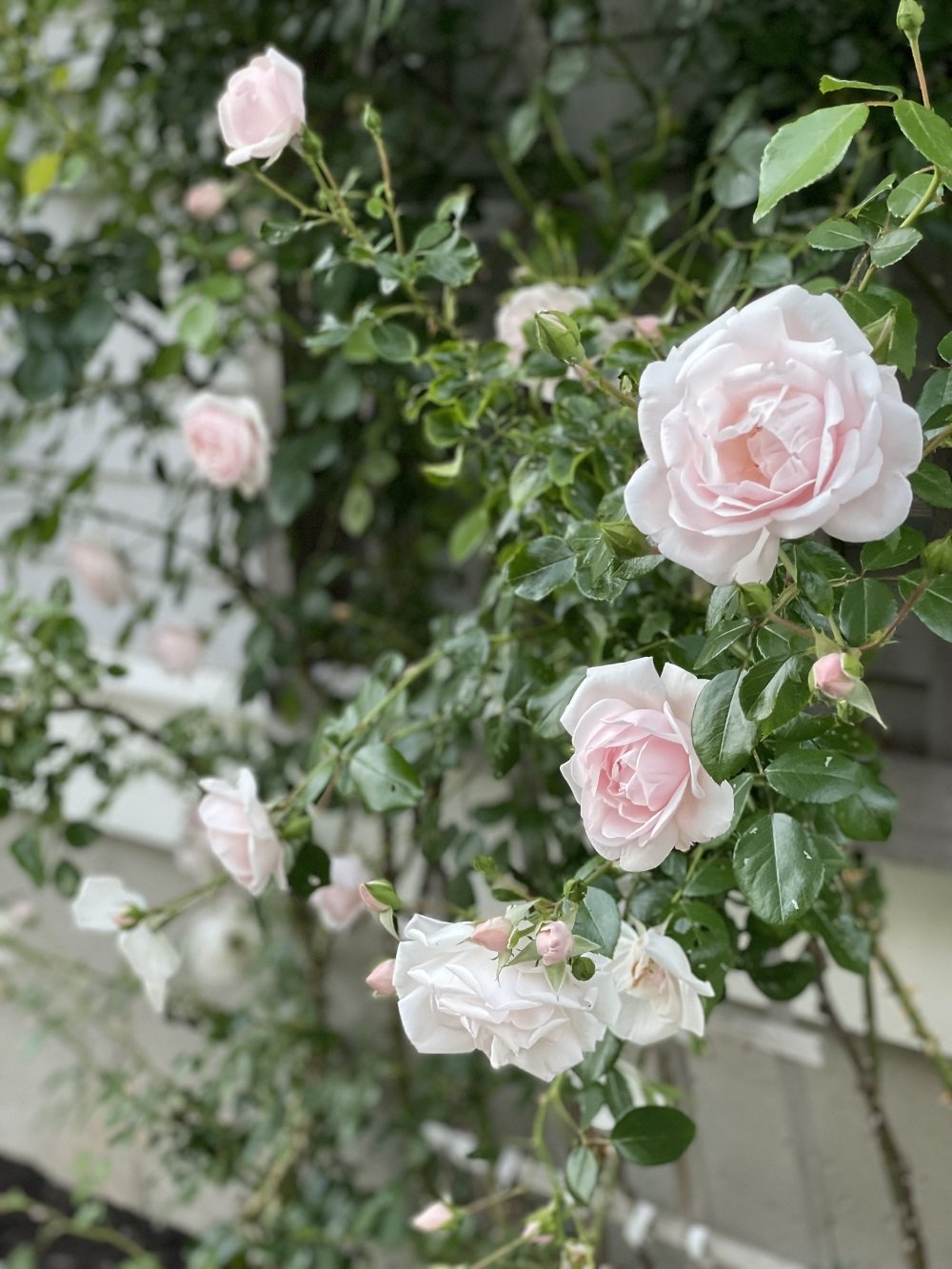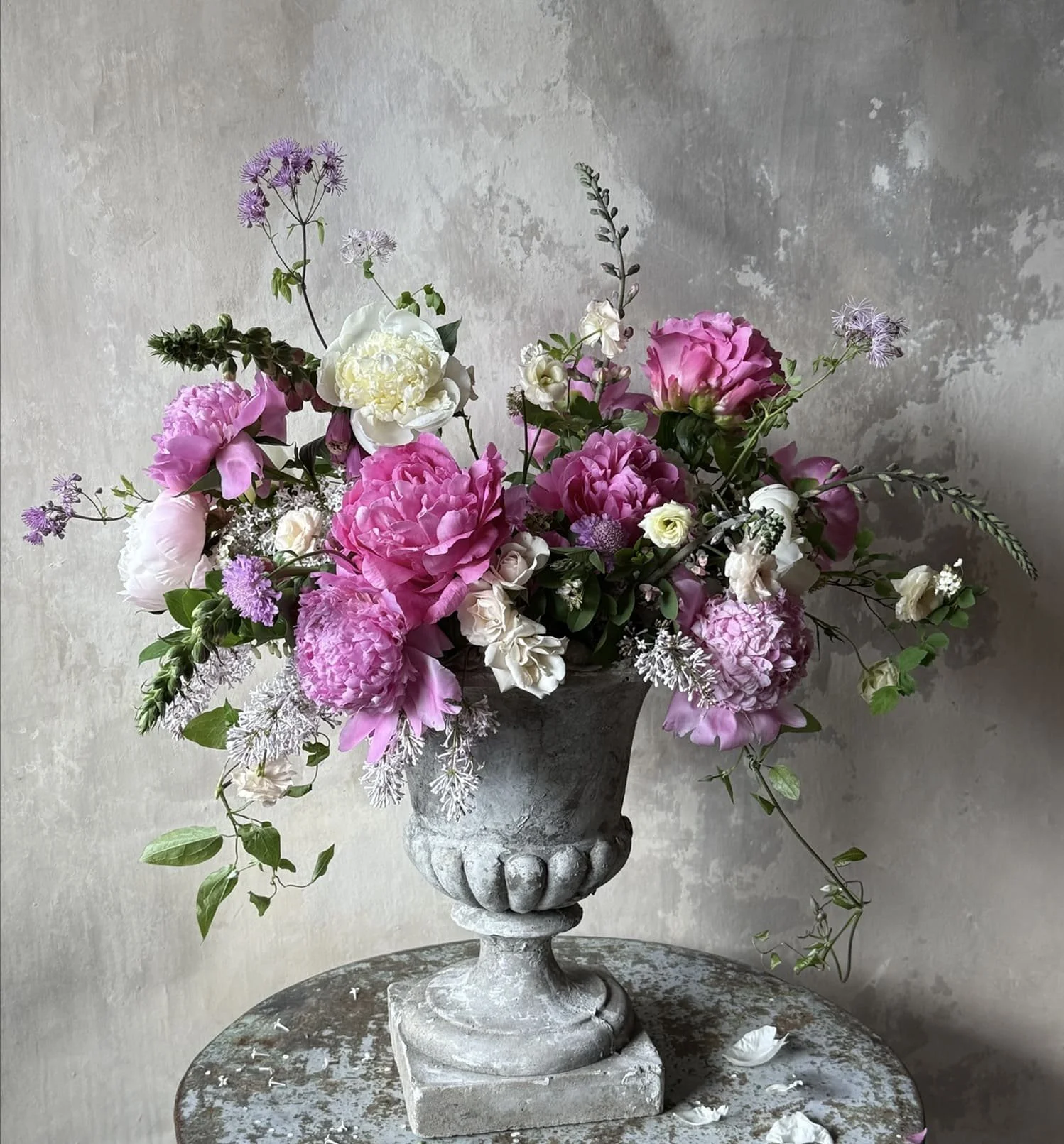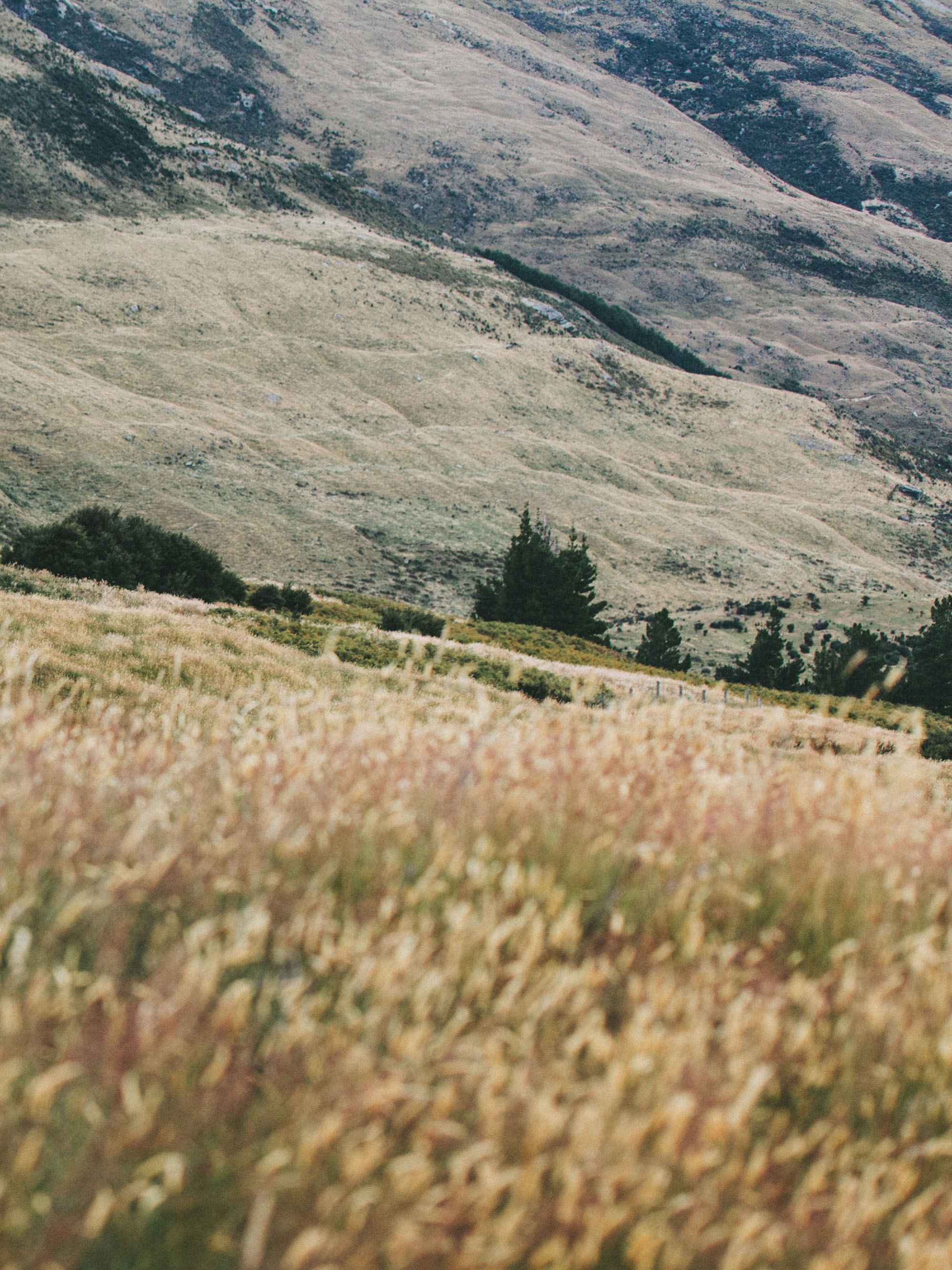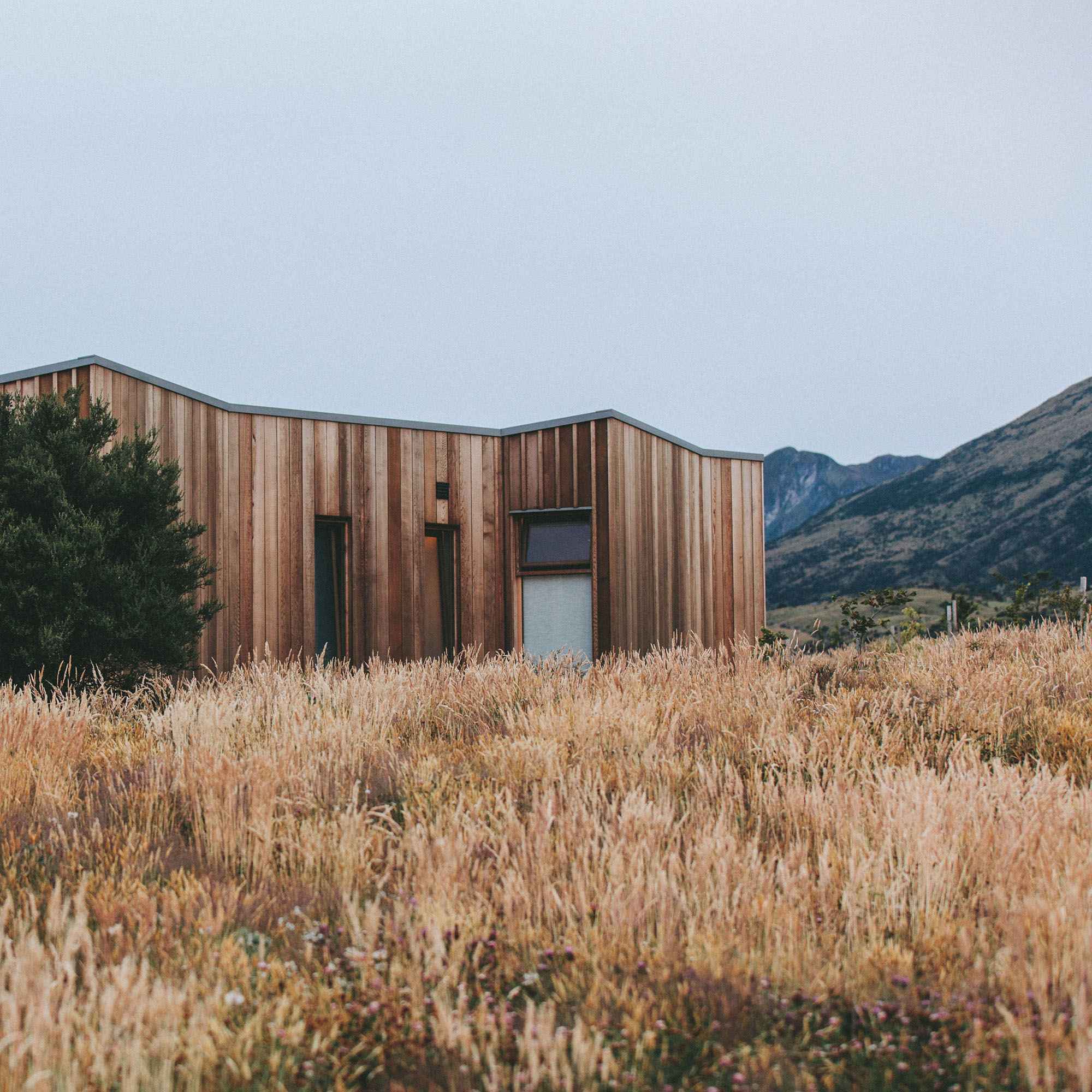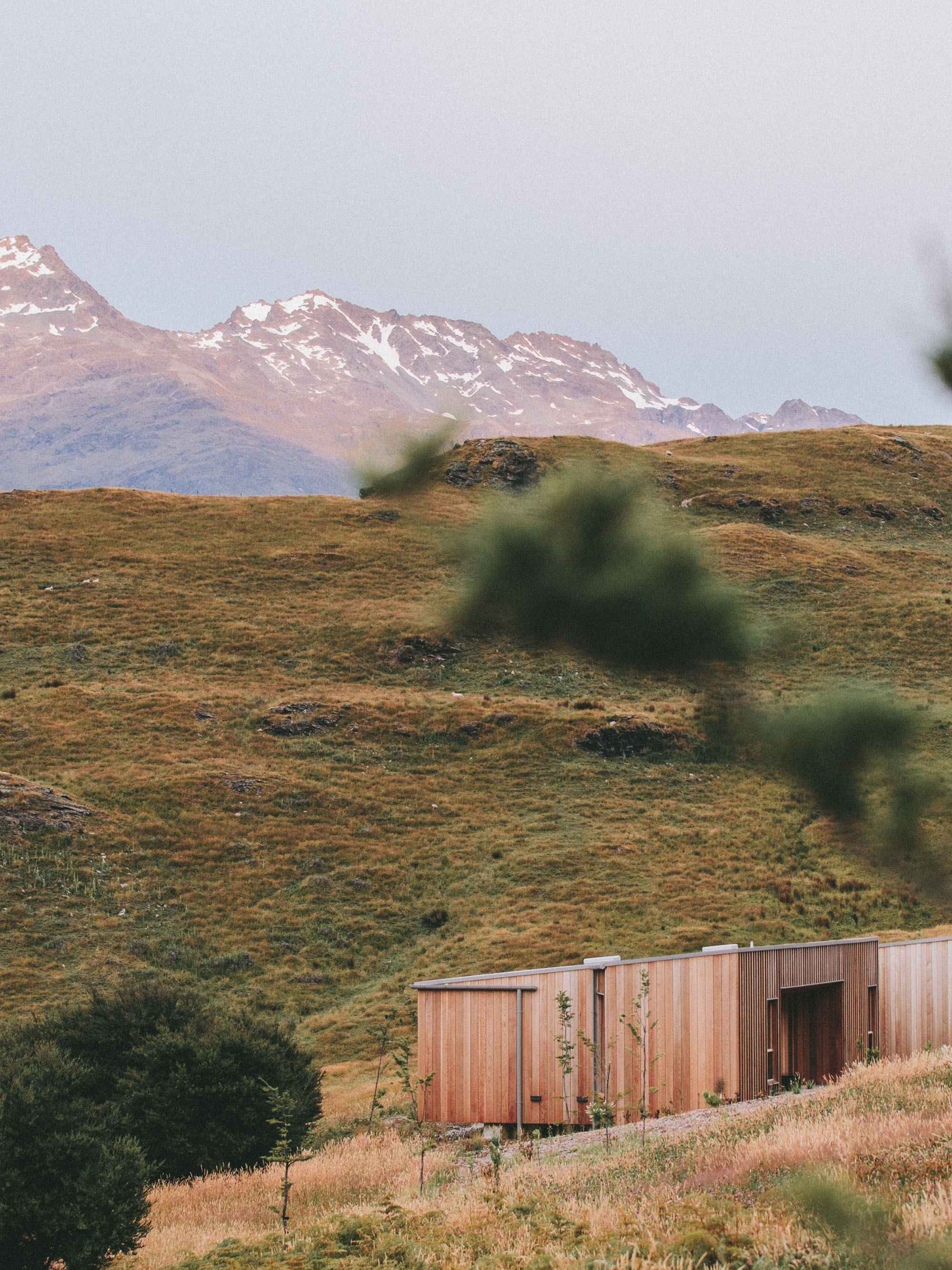Growing Garden Roses
Sandra’s Tips and Tricks
Photo credit: Michelle Henrick
The number one question I get about my garden is how to care for flowering plants.
Growing garden roses can be so rewarding because they add just as much beauty and romance to an outdoor garden as they do to a floral arrangement. Here are a few tips about growing your very own.
Scroll down to save the guide
Buying
You can purchase roses as dormant bare-root plants or already potted in a container. There are pros and cons to both.
Container roses:
easy to plant
can be purchased at local nurseries
prices vary
Bare-root roses:
bigger selection of varieties
usually less expensive to order online
roots must be soaked in water overnight before planting
Here are a few sites I like when buying dormant roots:
Grace Rose Farm - gracerosefarm.com
Rose Story Farm - rosestoryfarm.com
David Austin - davidaustinroses.com
You can read more about these special rose farms in this blog post about Garden Roses.
Planting
When and Where to Plant
The best time to plant roses is in the spring after the last frost, or in the fall, well before the first frost.
Choose a sunny location for your rose bushes with at least six hours of sunlight daily. In hot climates, roses do best when they are protected from the hot afternoon sun.
Ingredients
Loam
The planting area should have well-drained soil or consider adding loam before planting. Look for a medium to heavy loam at your local garden center. You’ll need enough loam to cover the planting area about one foot in depth.
Compost
Decomposed organic matter or compost will help keep roses more resilient to pests and diseases.
Alfalfa
Alfalfa promotes the growth of new blooms.The best form of alfalfa is “meal” as it doesn’t attract animals and has better absorption than pellets.
Epsom Salts
Epsom salts promote bloom color, greener foliage, and more vigorous cane growth. Apply at the time of planting and every spring.
Fertilizer
Fish and seaweed fertilizer can be used as an all-purpose fertilizer and promotes lush growth. I use Neptune’s Harvest Fish & Seaweed Fertilizer.
New Plantings
If planting bare-root roses, soak the roots in a bucket of water for at least two hours (no longer than 12 hours). Prune roots that are broken, injured, or too long.
Dig a hole 12 inches deep and 2 feet wide. Add 2 shovelfuls of compost to the planting hole and mix with the bottom soil. Set the plant in the hole and spread the roots evenly around it.
Add soil back to the planting hole until it’s two-thirds full. Add water then allow it to drain. This helps settle the soil. Fill the hole with more soil and water again.
Sprinkle 1/4 cup of epsom salts around the base of the plant to promote foliar and cane development.
GARDEN CARE
Watering
Water rose bushes deeply, especially after feeding. Water soil directly at ground level - avoid watering leaves to prevent fungus from growing. Try to keep moisture level even throughout the growing season. Potted roses will need water daily on very hot days.
Fertilize
Feed an organic granular or water soluble fertilizer such as Neptune’s Harvest. To use as the primary fertilizer, apply every 2 weeks during the growing season, early or late in the day.
Recipe:
1/8 cup Neptune’s Harvest fertilizer per gallon of water.
Established Rose Bushes
When new leaves emerge in the spring, sprinkle alfalfa meal and epsom salt around the base of the rose bush.
Recipe:
1 cup of alfalfa meal for a small to medium-sized rose bush or 2 cups for a large bush.
1 small handful of epsom salts.
Pests
Check plants for pests by inspecting buds and foliage. Remove any questionable looking plant material. Remember, if it looks “off” that usually means a pest has been there, so cut it off and discard in tied garbage bags (do not leave it on the ground).
Pesky insects that feed on rose bushes include aphids, Japanese beetles, spider mites, and sawflies. I’ve found a few methods to ward them off.
Give the plants a direct hit of water from the hose to knock off any little pests (early in the day so the leaves dry to prevent fungus growth).
To keep away the beetles that usually like to munch on roses, spray the leaves of each rose bush early in the morning with this natural fertilizer solution.
Recipe:
1 tablespoon of Neptune’s Harvest fertilizer & 1/2 gallon of waterTo help get rid of aphids, sprinkle ladybugs onto the blooms - they will eat the aphids! Ladybugs are usually available at local garden centers.
Spray with insecticidal soap (a last resort since it may also kill the good insects).
Disease
Watch for diseases like powdery mildew or black spot.
Pick off any infected foliage with black spots.
Prune to improve air circulation through the plant.
Spray with baking soda and a horticultural oil mixture or organic fungicide.
Keep leaves dry by watering in the morning or watering soil at ground level.
Keeping rose foliage clean in the summer is essential to plant health!
Prune
Deadhead spent blooms once a week to encourage new growth. Prune established rose bushes in early spring.
Cutting Stems
Roses, by their very nature, are both fragile and unique. They do not last long once they’re cut from their food source. The more fragrant the rose, the less time we have with them in a vase. You can expect your garden roses to last 3 to 5 days if you recut and change the water every day.
Roses will last the longest when cut right after the bud stage, just as petals are starting to open.
Use sharp hand pruners or garden scissors to cut the stems.
Cut roses early in morning or in the the evening when they are hydrated.
Before putting stems in a vase, recut them under running water at a 45-degree angle.
Strip off any leaves that that will be below the water line to avoid rot and bacterial growth. Above the water line, leave foliage to help to draw up water.
Change the water frequently—daily if possible—to remove any bacteria.
Recut stems every few days to help absorb water.
Use the flower food recipe below for longer-lasting cut blooms.
Flower Food Recipe
1 quart of room temperature water
1 tablespoon of white vinegar
1 teaspoon of superfine sugar
3-5 drops of bleach
Download the guide here:
Photo credit: Leah Haydock
JOIN US
Join our Les Fleurs family & stay in the loop on all exciting news at the shop
Each month you'll receive helpful hints on gardening and flower arranging, special offers only available to subscribers and advanced notice of our upcoming workshops, trips to France, special events and sales at Les Fleurs.







